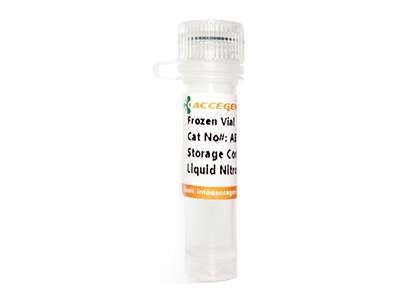Featured Products
Explore Products- In-Stock Tumor Cell Lines
- Human Orbital Fibroblasts
- Human Microglia
- Human Pulmonary Alveolar Epithelial Cells
- Human Colonic Fibroblasts
- Human Type II Alveolar Epithelial Cells
- Human Valvular Interstitial Cells
- Human Thyroid Epithelial Cells
- C57BL/6 Mouse Dermal Fibroblasts
- Human Alveolar Macrophages
- Human Dermal Fibroblasts, Adult
- Human Lung Fibroblasts, Adult
- Human Retinal Muller Cells
- Human Articular Chondrocytes
- Human Retinal Pigment Epithelial Cells
- Human Pancreatic Islets of Langerhans Cells
- Human Kidney Podocyte Cells
- Human Renal Proximal Tubule Cells




 Hep-G2, a cell line with an epithelial-like morphology, originates from a fascinating medical history. Initially isolated from a 15-year-old male youth diagnosed with liver cancer, it was initially misclassified as hepatocellular carcinoma before being correctly identified as hepatoblastoma. These cells, characterized by an average diameter of 10-20 micrometers, large nuclei with 3-7 nucleoli, and low mitochondrial content, exhibit specific chromosomal abnormalities associated with hepatoblastomas. Notably, they carry a TERT promoter mutation (C228T) and maintain a wild-type TP53, which is crucial in cancer development. In terms of cytochrome P450 (CYP) enzyme expression, HepG2 cells differ from normal hepatocytes, displaying weak or absent expression of several CYP enzymes involved in xenobiotic metabolism in the liver.
Hep-G2, a cell line with an epithelial-like morphology, originates from a fascinating medical history. Initially isolated from a 15-year-old male youth diagnosed with liver cancer, it was initially misclassified as hepatocellular carcinoma before being correctly identified as hepatoblastoma. These cells, characterized by an average diameter of 10-20 micrometers, large nuclei with 3-7 nucleoli, and low mitochondrial content, exhibit specific chromosomal abnormalities associated with hepatoblastomas. Notably, they carry a TERT promoter mutation (C228T) and maintain a wild-type TP53, which is crucial in cancer development. In terms of cytochrome P450 (CYP) enzyme expression, HepG2 cells differ from normal hepatocytes, displaying weak or absent expression of several CYP enzymes involved in xenobiotic metabolism in the liver.
